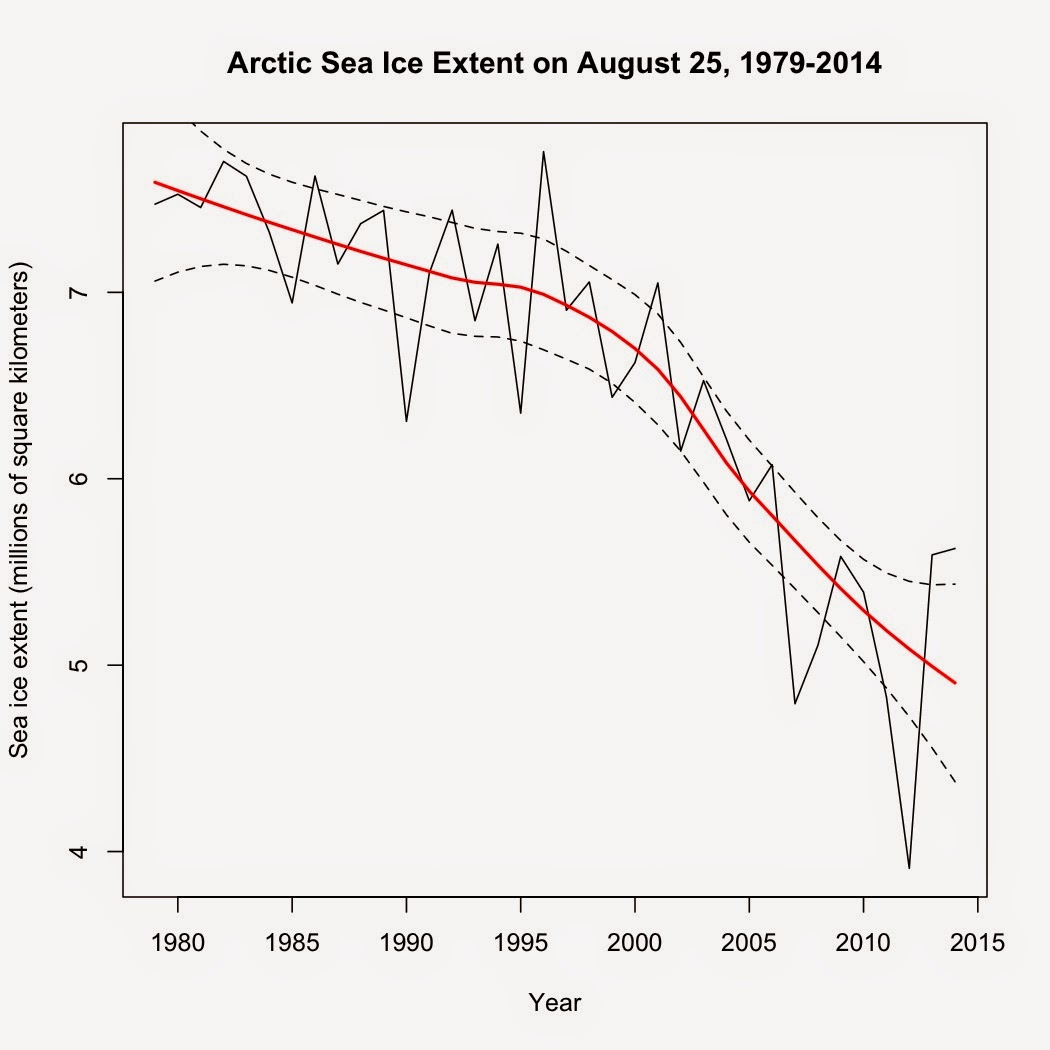Extinction is forever

Here's a study I missed when it first came out two weeks ago: Monastersky, R. 2014. Biodiversity: Life—a status report. Nature 516:159-161 . This report compiled all known data on species status. The results are sobering. Thousands of species are at risk of extinction, including: 41% of all known amphibians 26% of all known mammals 13% of all known birds Note: Those are the species currently at risk. Today. Not predicted to be at risk in the future. Forty-one percent of all amphibians, 26% of all mammals, and 13% of all birds are already at risk of extinction today . And those are the best known groups. The rest—insects, plants, fungi, fish, etc? Unknown, as not enough species in those groups have been evaluated to even guess at the percentage currently at risk of extinction.































